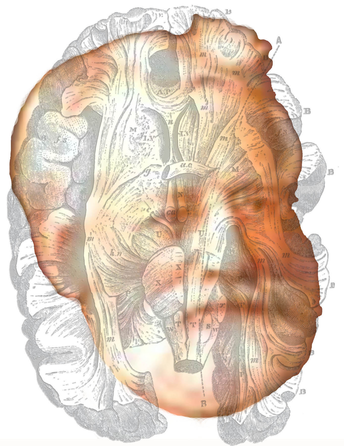Thomas Laycock1812–1876
Laycock extended Marshall Hall’s reflex concept from the spinal cord to the brain. He was born in York and returned there to teach medicine after he received his doctorate from Göttingen. He taught Hughlings Jackson at York, and had an abiding effect on his subsequent research. Hall had restricted the concept of reflex action to the spinal cord, explicitly excluding the cerebral cortex. Laycock believed otherwise and published a paper “On the reflex function of the brain” in 1845 arguing that a continuum existed between the spinal cord and the cerebrum and that the same reflex laws applied throughout the nervous system. Having advanced the argument four years earlier, he was guided: “by the general principle, that the ganglia within the cranium being a continuation of the spinal cord, must necessarily be regulated as to their reaction on external agencies by laws identical to those governing the functions of the spinal ganglia”. Laycock moved from York to Edinburgh where he was professor of medicine at Edinburgh University from 1855 until his death. It was at Edinburgh that he influenced James Crichton-Browne and where he published his influential books on the relationship between brain function and consciousness. It is due to these writings that he was referred to as a mental physiologist and he is considered to be one of the founders of physiological psychology. His belief in the unity of nature was stated succinctly: “Fundamentally, volition is nothing more than the intuitional desire to energize carried into action. All the various machines of the body are so constituted that motor force (vis viva) is developed and applied to secure the ends for which it is constructed; or, in other words, to fulfil the general law of design”. Laycock’s portrait is contained within a diagram of the brain taken from his book Mind and Brain (1860) showing the course of the motor tract; the quotation above is from the same book.
